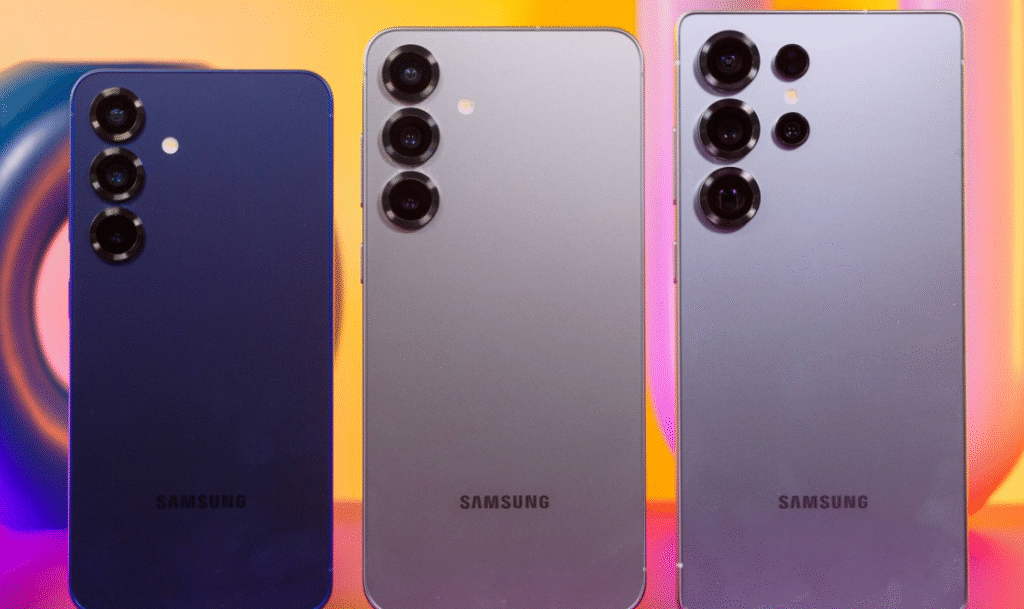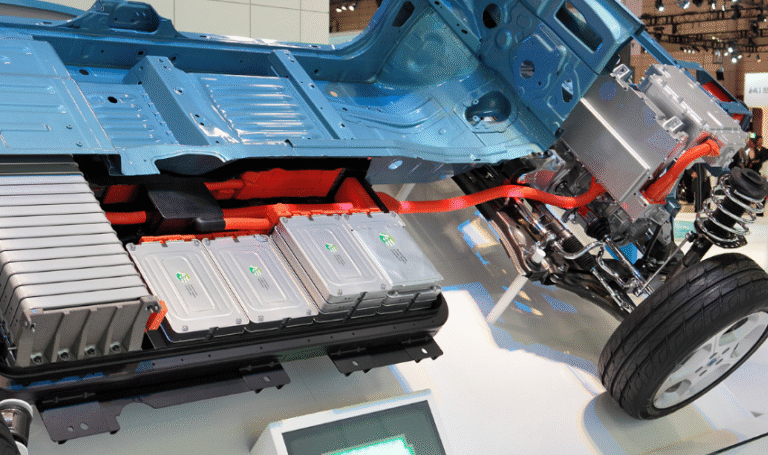
Samsung’s next chapter in flagship smartphones may mark a bold return to its in-house silicon—with both the Galaxy S26 Pro and Galaxy S26 Edge expected to run on the Exynos 2600, a breakthrough chipset built on advanced 2-nm technology.
Why the Shift to Exynos?
Reports indicate that Samsung’s procurement costs for chipsets soared by 29.2% in H1 2025, largely due to higher prices for Qualcomm’s Snapdragon chips. In response, Samsung’s MX division is pivoting toward its Exynos platform to rein in expenses, strengthen its foundry business, and regain control over its supply chain.
A Technological Leap: The 2-nm Exynos 2600
This upcoming Exynos chip isn’t just cost-driven—it’s technically impressive. Samsung has officially confirmed the Exynos 2600 as the world’s first 2-nm chip, offering significant performance and efficiency enhancements.

Key Features at a Glance:
- CPU & GPU: A robust 10-core CPU paired with the Xclipse 960 GPU, reportedly outperforming the Snapdragon 8 Elite’s Adreno 830 by about 15%
- Performance Gains: Geekbench results improved significantly—from initial scores of ~2,155 (single-core) and ~7,788 (multi-core) to ~2,810 and ~9,301 respectively, showing Samsung is tuning the chip aggressively.
- Better Cooling: Samsung is reportedly integrating a “Heat Pass Block” (HPB) heatsink into the chip design to enhance thermal management and performance sustainability.
- In-House GPU?: There are also speculations that this chip might introduce Samsung’s own GPU architecture, boosting the in-house ecosystem even further.
Market Strategy: Who Gets Exynos vs. Snapdragon?
While the Pro and Edge variants might embrace the Exynos 2600—especially in cost-sensitive regions like Europe and Asia—the S26 Ultra is still expected to retain the powerhouse Snapdragon 8 Elite 2, ensuring top-tier performance globally.
But… Is Samsung Still Using Exynos?
Possibly not across the board. A recent Geekbench listing shows the Galaxy S26 Edge benchmarked with the Snapdragon 8 Elite Gen 2, delivering stellar single-core (3,393) and multi-core (11,515) scores—casting doubt on universal Exynos deployment.
What It Means for You
If Samsung delivers on the Exynos 2600’s promise—power, efficiency, and effective thermals—it could cement the company’s comeback in the semiconductor space. However, lingering concerns from previous Exynos runs—like variable regional performance—mean Samsung must execute flawlessly to regain consumer trust.
The Exynos-equipped S26 Pro and Edge may become compelling value choices, especially outside North America. But performance-focused users might still look toward the Snapdragon-powered Ultra.
Summary Table
| Model | Rumored Chipset | Highlights |
|---|---|---|
| Galaxy S26 Pro | Likely Exynos 2600 (2 nm) | Cost-efficient, in-house powerhouse |
| Galaxy S26 Edge | Possibly Exynos 2600 / Snapdragon 8 Elite Gen 2 | Region-dependent specs uncertainty |
| Galaxy S26 Ultra | Snapdragon 8 Elite 2 | Highest performance, consistent global variant |




